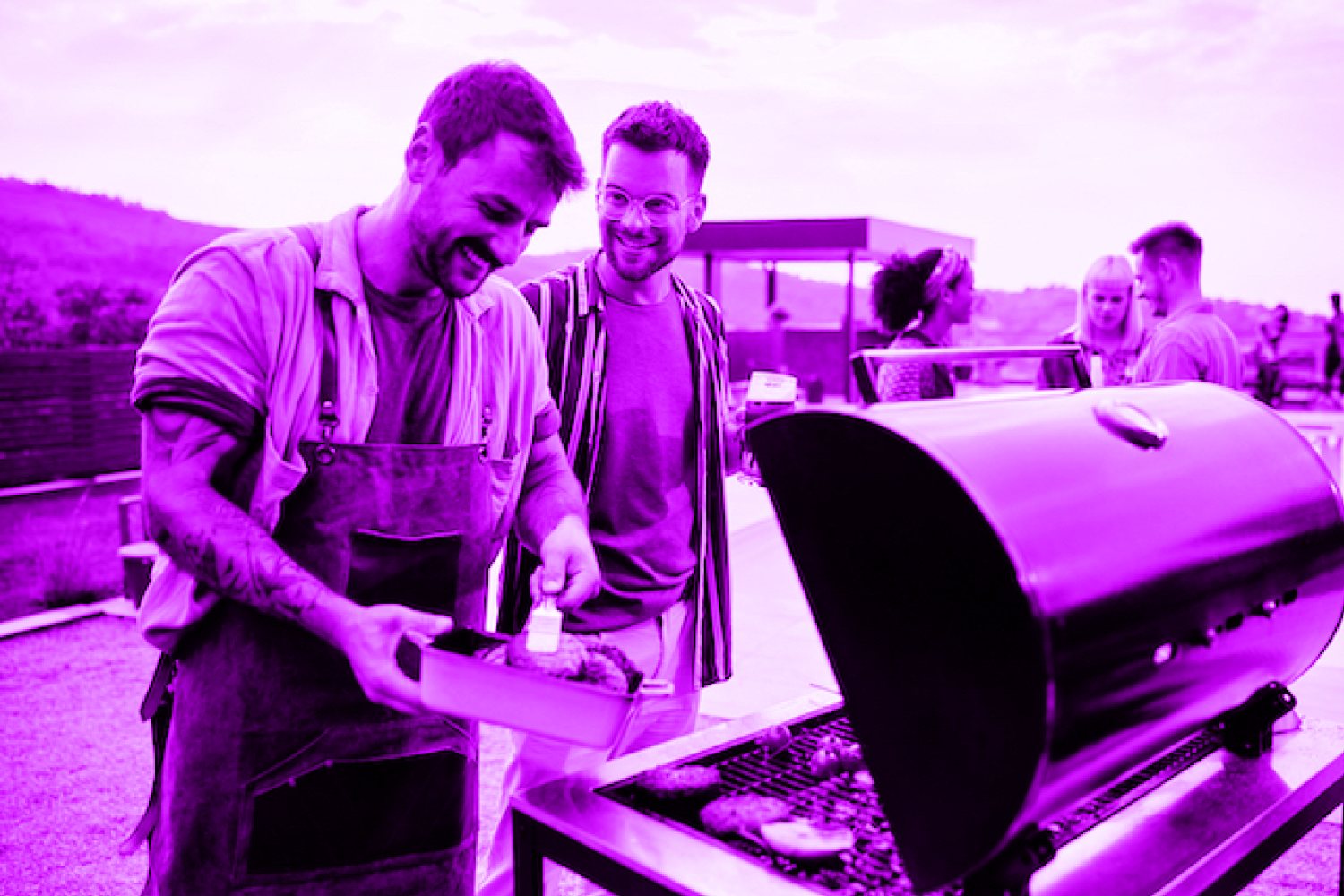How to throw a sustainable barbecue that doesn’t suck
12 tips for hosting a great party that’s gentler on the planet

Sign up and save the world
The one5c newsletter delivers our best tips right to your inbox
What I love most about barbecues are the sounds: the tick-tick-poof of the grill lighting, the sizzle of food hitting the grates, the rattle of ice in a cooler, the buzz of conversation. It all feels ……

